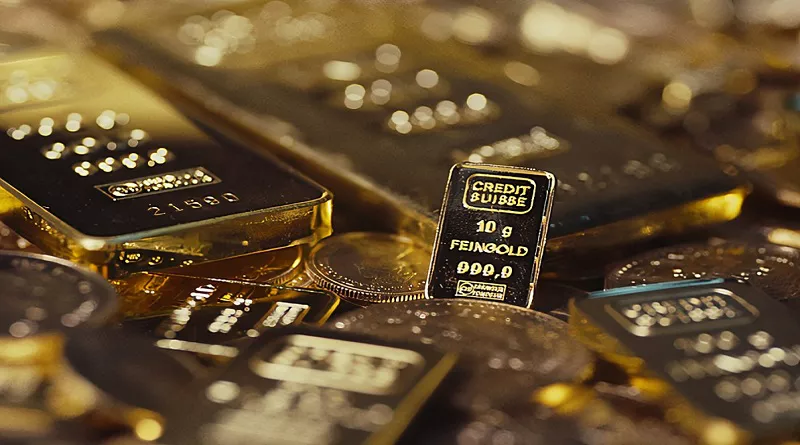Since 2021, central banks have amassed an extraordinary quantity of gold, propelling this year’s surge to record high prices. The pivotal question now is whether a single central bank can similarly influence other precious metals markets.
Recent reports indicate that the Russian government is contemplating a substantial investment of 51 billion rubles ($535.5 million) over the next three years to replenish its reserves of precious metals. This consideration emerged from a line item in the Draft Federal Budget released on September 30. While gold has historically been a key asset in foreign reserves, the proposal suggests an intention to diversify holdings to encompass silver and platinum group metals (PGMs).
Although the draft budget lacks specifics about a potential purchasing program, analysts believe that integrating silver into Russia’s foreign reserves could reignite investor interest and restore its status as an official monetary metal. Notably, central banks ceased accumulating silver in the mid-1850s, and the global economy transitioned away from the silver standard by the early 1870s.
Some experts argue that while retail investors continue to view silver as an appealing monetary asset, countries like Russia may prioritize securing a strategic supply of the metal due to its industrial applications. There is a concerted effort from producers to advocate for silver’s inclusion on the critical metals lists of the U.S. and Canadian governments.
Silver plays a vital role in the alternative energy sector, with the Silver Institute projecting a 9% increase in industrial silver consumption, reaching 710.9 million ounces this year. The market is expected to face its second-largest supply deficit on record, largely driven by heightened demand from the solar industry, which is anticipated to see silver demand for photovoltaic (PV) panels rise by 20% to 232 million ounces.
Russia’s focus on palladium is consistent with its status as a major PGM producer. Last year, the country accounted for 28% of global platinum production; however, its exports of palladium, platinum, and rhodium have faced significant challenges due to stringent economic sanctions imposed by Western nations following its invasion of Ukraine in 2021.
Analysts suggest that, in addition to building a strategic stockpile, procuring domestic PGM production could provide essential support to Russia’s mining sector. The country had previously held a stockpile of PGMs but liquidated it in 2012.
This new initiative to establish strategic reserves of precious metals reflects Russia’s broader economic strategy. Last month, President Vladimir Putin emphasized the need for Moscow to consider limiting exports of critical metals, including uranium, titanium, and nickel, further highlighting the nation’s commitment to controlling vital resources.
You Might Be Interested In
- Gold Prices Decline Following Strong US Nonfarm Payrolls Report
- Time for Switzerland to Reconsider Gold Reserves
- Gold Demand Surges Amid Unprecedented Price Rally


